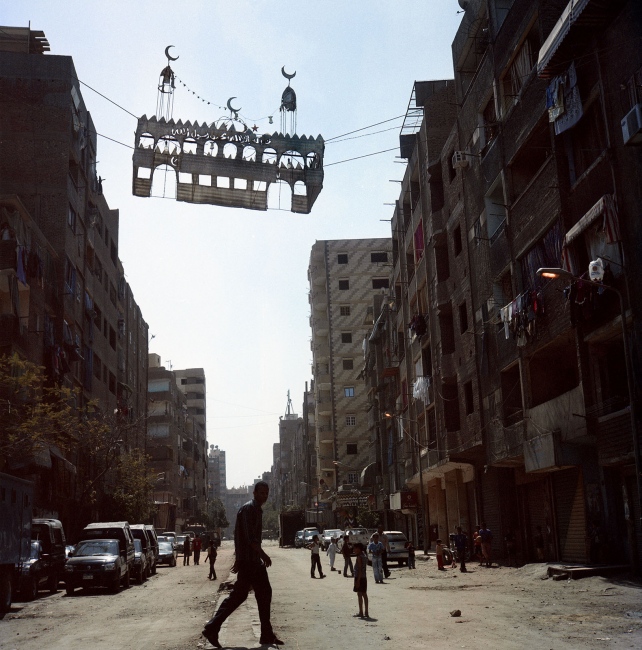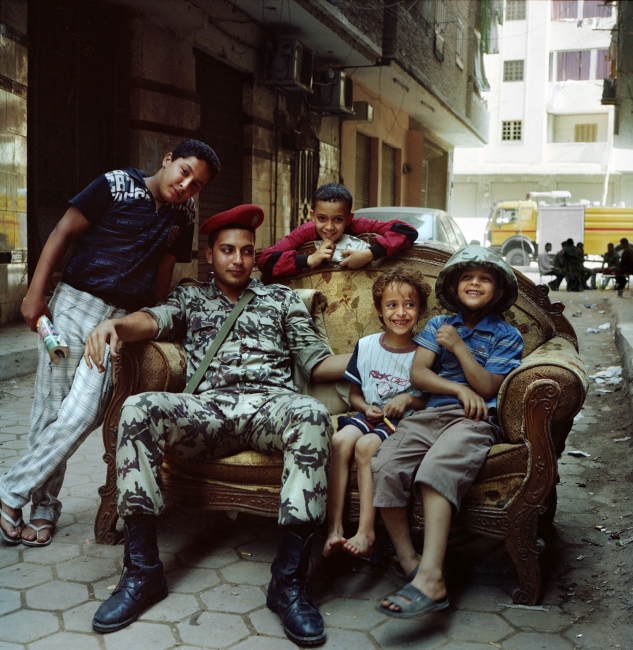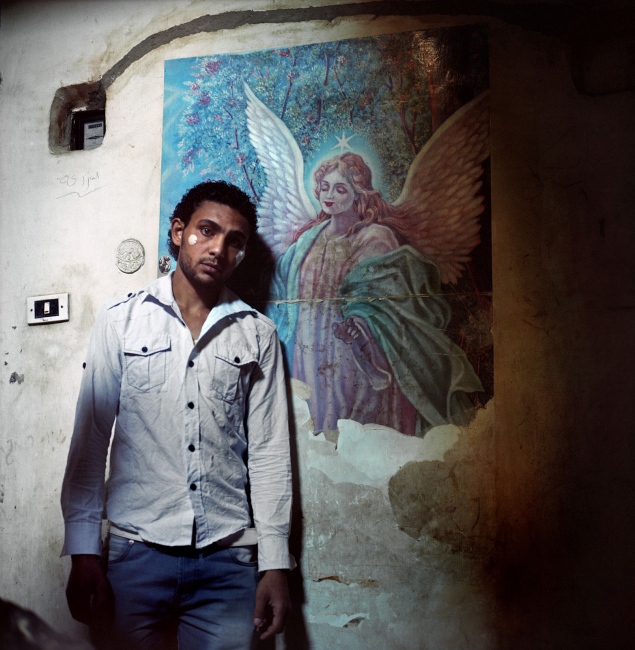Coptic Christians in Egypt number more than 10,000,000, making them the largest (religious) minority group in the country, one that has become more a target for extremists in the past years than ever before. Since the toppling of Hosni Mubarek, acts of aggression and violence, in addition to the usual discrimination and governmental neglect, have instilled fear in the Coptic community at their future prospects of a peaceful existence in Egypt. At the same time, many of the Christians insist that the country, and their rights to live, work and thrive in it are worth fighting, and even dying for. "We are here, and we are not leaving!", so many of the Copts say in response to the spike in religious-based violence against them.
Focusing on the headlines though obscures the fact that there are pockets of tolerance and integration, and that the Christian community is diverse and evolving - activists, priests, farmers, garbage collectors; however, this is still and fundamentally a story of people who feel they are being pushed closer to the edge, people who do not want to or feel like they should budge.






































